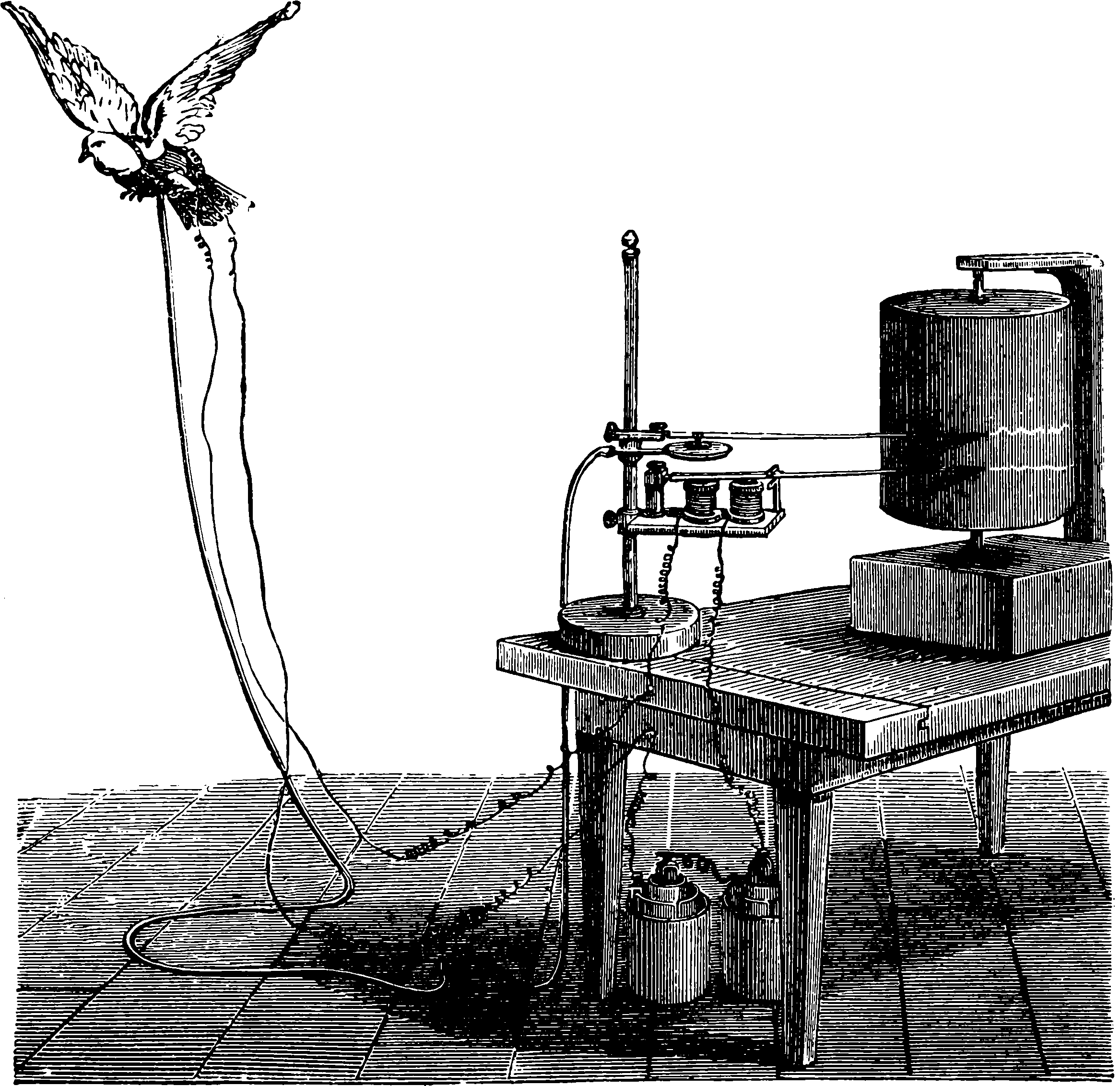Biomimetic algorithms
December 21, 2015 — October 2, 2022
Suspiciously similar content
Nature-inspired algorithms for computers for problems without obvious “normal” solutions. (If you want to use computer-inspired algorithms for nature, that is the dual to this, bio-computing.)
The problem to be solved is usually a search/optimization one. Normally evolutionary algorithms are included too. (ant colonies, particle swarms, that one based on choirs… harmony search?), Typically these are attractive because they are simple to explain, although often less simple to analyse.
Is this a real field separate from all the things that look similar to it? Often they are asymptotically the same as a conventional stochastic method. e.g. particle swarms and particle systems, or evolution and stochastic gradient descent. Somewhere in this mix is artificial chemistry, where you use a simplified model of a natural process as a simplified model for computing about other natural processes, or showing that natural processes might be computing, or something like that.
…and quorum sensing? How about that? Multi-agent systems?
Points of contact between classical neural nets and artificial neural nets are always entertaining. Beniaguev, Segev, and London (2021) is one. See Fruit Fly Brain Hacked For Language Processing for an artificial-neural-networks-meeting-their-ancestors moment.
1 Genetic programming
See genetic programming.

